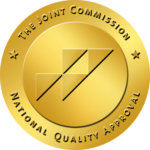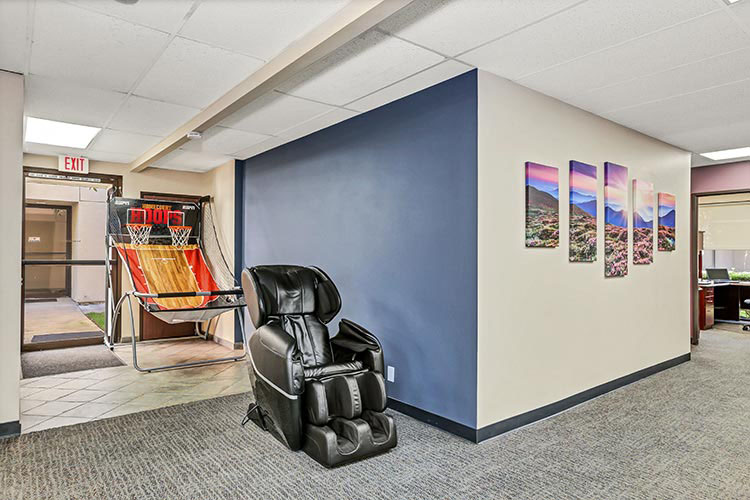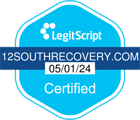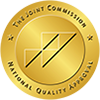A Deep Dive Into America’s Ongoing Struggle
Opioid addiction is a preventable cause of death for thousands of Americans every day. The opioid epidemic has flourished in the U.S. for over twenty years at this point. Some measures have been initiated to reduce harm associated with addiction, yet constantly, new barriers arise. The opioid crisis remains prevalent, entrenched, and readily problematic, and although more attention has been given, it is still something that has grown so pervasive in society.
By clarifying some of the most recent opioid crisis statistics, we are now in a better position to understand the shape and size of the issues that closed treatment centers, such as 12 South Recovery, are blanketing with hope and change. If you, or someone you care about, suffers, it is important to take action today. You do not need to combat opioid addiction alone. There are treatment options available, and they work.

What is the Opioid Crisis?
The opioid crisis refers to the sharp increase in opioid misuse, overdose deaths, and addiction rates that began in the late 1990s and continues today. Initially driven by over-prescribing painkillers like OxyContin and hydrocodone, the crisis expanded to include illicit drugs like heroin and synthetic opioids such as fentanyl.
The Three Waves of the Crisis
- Prescription opioids (late 1990s): Painkillers were marketed aggressively, leading to widespread dependency.
- Heroin (2010s): Many users transitioned to heroin, a cheaper and often more accessible alternative.
- Synthetic opioids (mid-2010s to present): Fentanyl and related substances, which are incredibly potent, became major contributors to overdose deaths.
The crisis has passed through distinct stages, each more dangerous than the last. What began with prescription painkillers shifted into heroin use, and now we face the rise of synthetic opioids like fentanyl—substances so potent that just a few grains can be fatal. Each new wave has brought more devastation, more lives lost, and new challenges for families, communities, and health systems to confront. Rather than stabilizing, the crisis has only intensified, growing more unpredictable and deadly with time.
Opioid Crisis Statistics in the U.S.
How Many People Are Affected by the Opioid Crisis?
As of the most recent data:
- Over 10 million people in the U.S. reported misusing opioids in the past year.
- 2.7 million individuals have an opioid use disorder (OUD).
- More than 80,000 opioid-related deaths were reported in 2023 alone.
These numbers show that opioid addiction remains a national emergency.
Are Opioid Deaths Declining?
While some regions have seen modest progress, opioid deaths are not declining overall. In fact:
- Synthetic opioids, primarily fentanyl, account for over 70% of overdose deaths.
- Fentanyl is 50–100 times more potent than morphine, making even small amounts deadly.
- Rates of opioid-related deaths have surged during the COVID-19 pandemic due to isolation and disruptions in treatment access.
Despite efforts in prevention and education, the crisis continues to claim more lives year after year.
Is the Opioid Crisis Getting Better?
There have been some encouraging strides in the opioid crisis. More addiction treatment centers are now opening their doors, and life-saving medications like naloxone are becoming increasingly accessible to those in need. Families are being educated, first responders are better equipped, and communities are rallying around harm-reduction efforts.
Still, these improvements haven’t been enough to turn the tide. For many, especially in underserved areas, treatment remains out of reach. People continue to fall through the cracks, and the number of lives lost remains devastatingly high. The crisis, though somewhat better recognized and addressed, is far from behind us.
Signs of Progress:
- Federal and state funding for addiction treatment has increased.
- Greater awareness and reduced stigma have encouraged more people to seek help.
- Naloxone distribution and Good Samaritan laws have saved countless lives.
Ongoing Challenges:
- Counterfeit pills containing fentanyl are increasingly common.
- Many communities lack adequate treatment options.
- Stigma and lack of education still prevent many from accessing support.
In some ways, the opioid crisis shows signs of improvement. More people are seeking help and the overdose-reversal tools are saving lives. But at the same time, the problem is evolving and becoming more deadly. The rise of highly addictive synthetic opioids like fentanyl, which are often mixed with other drugs without a user’s knowledge, has dramatically increased the risk of fatal overdoses. Combine that with a growing mental health crisis, and it creates a storm of vulnerability and pain for millions of people. While progress is being made, the harsh truth is that new threats keep emerging, and many communities are still in deep distress.
What Is the Most Addictive Opioid?
While all opioids are highly addictive, fentanyl is currently considered the most dangerous due to its extreme potency.
- Fentanyl is up to 100 times stronger than morphine.
- Fentanyl binds to brain receptors quickly, creating intense euphoria followed by severe withdrawal symptoms.
- Many overdose cases involve unknowingly ingesting fentanyl mixed with other drugs.
Even trace amounts of fentanyl can be lethal, especially when individuals think they’re taking something else, such as prescription pills or heroin. The risk of accidental overdose is significantly higher with synthetic opioids.
The Broader Impact of the Opioid Epidemic
Economic Toll
The economic burden of the opioid crisis is staggering:
- Estimated cost to the U.S. economy: over $1 trillion per year.
- Includes healthcare, criminal justice, lost productivity, and treatment services.
Impact on Families
- Children of addicted parents often face trauma, neglect, or removal from the home.
- Entire communities are affected as addiction spreads and resources are stretched thin.
Strain on Healthcare and Legal Systems
Hospitals, emergency services, and law enforcement agencies are constantly stretched thin, often operating beyond capacity as they respond to the relentless consequences of the opioid epidemic. Emergency rooms are flooded with overdose cases, police officers serve as frontline responders to addiction-fueled crises, and the legal system bears the strain of rising drug-related arrests and court proceedings. This crisis ripples outward, putting immense pressure on the very institutions meant to protect and support the public.
Addiction Treatment: The Path to Recovery
Even with so much heartbreak and loss tied to opioid addiction, there is still real hope. Recovery is a reality for many who get the right help. With support, compassion, and evidence-based care, people are rebuilding their lives every day, proving that healing is within reach.
At 12 South Recovery in Lake Forest, CA, we provide:
- Medication-Assisted Treatment (MAT): Combines medications like Suboxone or methadone with therapy to reduce cravings and withdrawal symptoms.
- Individual and Group Therapy: Addresses the root causes of addiction, such as trauma, mental health issues, and social influences.
- Aftercare Support: Helping clients transition into daily life while staying sober.
We believe in truly listening to each personal story and providing care that feels like support, not cookie cutter treatment. Addiction affects every person and every life differently, shaped by trauma, mental health, environment, or relationships. That is why treatment should be as individualized as the people it touches. Healing starts when people feel seen, heard, and valued for who they are versus what they are struggling with.
Contact 12 South Recovery Today
The opioid crisis is an enormous issue. But it’s a problem that people can conquer with the right knowledge, ongoing support, and caring, proven treatment. The statistics are frustratingly staggering, but they also point to the significant opportunity for positive change.
At 12 South Recovery, we help people take control of their lives back from opioid addiction in a caring, evidence-based environment. If you or someone you love is struggling, we want to help.
Don’t wait another day. Reach out to us 12 South Recovery Today to take your first step to freeing yourself from addiction.

